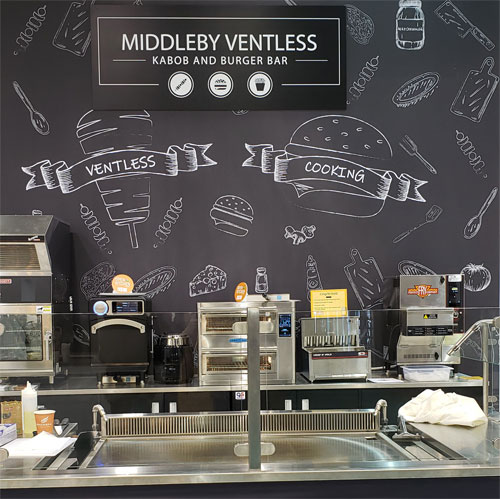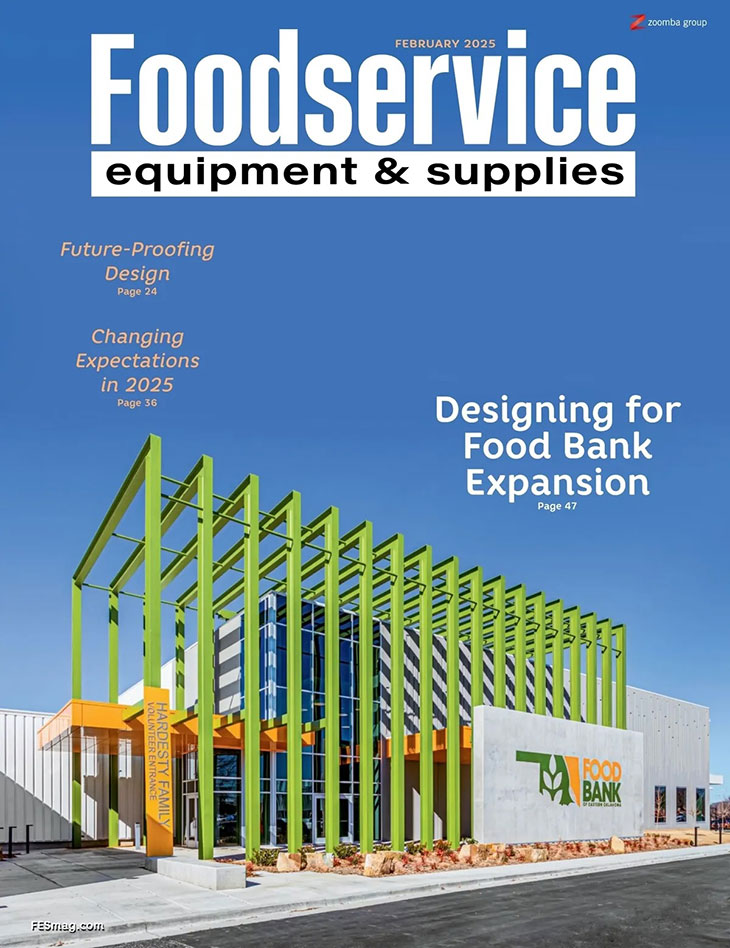
Everyone is talking about sustainability. It’s influencing where customers choose to eat and encouraging operators to implement or improve on sustainable kitchen practices. Advances in a achieving a sustainable kitchen can be made using the latest innovation in the marketplace. Many of the newer products developed for today’s commercial kitchen are geared toward sustainability. Companies who are delivering innovation, are providing sustainable solutions as well.
Sustainability advances can be made in the commercial kitchen through the reduction of energy and water usage while lessening food waste. This can be achieved through data analysis, advanced equipment usage and an efficient kitchen footprint.
Using Data Analysis
Having access to accurate data in order to monitor restaurant operations is critical. By analyzing data for each individual restaurant, operators can make decisions to ensure the most efficient operations. Using IoT solutions like Powerhouse Dynamics’ Open Kitchen Technology, quantifiable decisions can be made to support sustainable initiatives and savings. Open Kitchen provides data on equipment usage, energy management and more. Operators find real time data from their kitchens invaluable and can adjust their processes accordingly to meet sustainability goals.
Energy Conservation and Ventless Solutions
In the commercial kitchen there are many opportunities to reduce power consumption. A first consideration would be reconfiguring the kitchen footprint for maximum efficiency. Not only will this help with power reduction, but also decrease labor needs in the kitchen.
Another quickly-growing option to drive energy savings is a ventless kitchen technology, where overhead hoods are no longer needed. Equipment that is ventless does not have requirements for traditional venting. The conventional venting process pulls in air and filters kitchen emissions, then cleans the air and returns it to the facility. But commercial ventilation also draws in air conditioning and heat, taxing those systems and forcing them work harder to keep up, in turn heightening energy usage. The use of ventless equipment means there is no need for large commercial vents.
As for performance, ventless equipment in today’s market can accommodate most menus. Without traditional vents and using portable units operators can grill, fry bake and even flame cook. There are many different ventless pizza cooking options available to satisfy every customer and accommodate any style.
Decreasing Water Usage
Water is in heavy demand in foodservice operations and decreasing the need for equipment can be evaluated several different ways. First, operators can thoroughly investigate the how the equipment is used. As steamers and combination ovens become more sophisticated, many need less water than previous generation models. Another area that will influence water usage is cleaning. Operators should consider looking at cleaning cycles and what is entailed, as well as how often a machine requires cleaning.
Choosing Sustainable Equipment
For water and power savings operators are encouraged to evaluate their equipment to determine if a more recent innovation may be more sustainable. Advanced warming solutions and speed cooking help lessen food waste, a highly visible sustainability initiative.
More information on water and energy sustainability, innovative equipment and IoT solutions is available at www.middleby.com.




